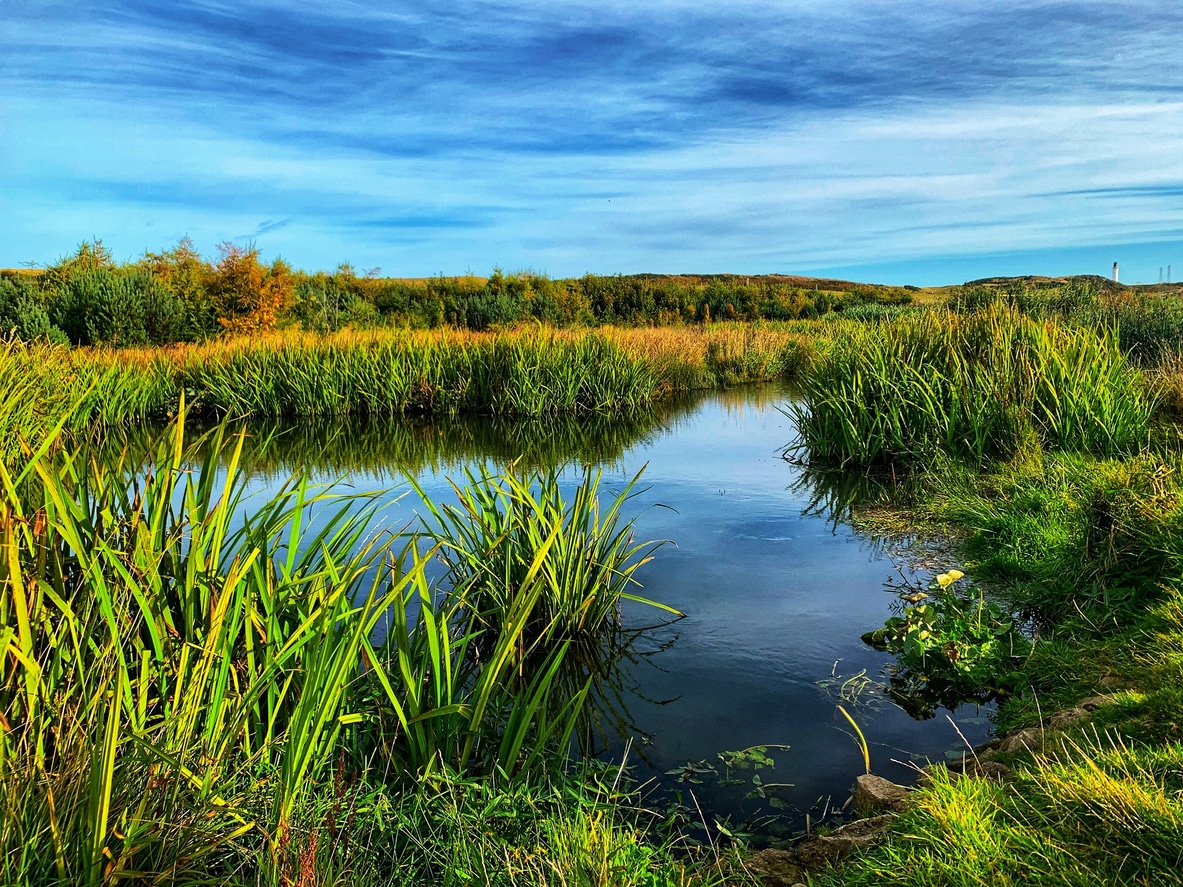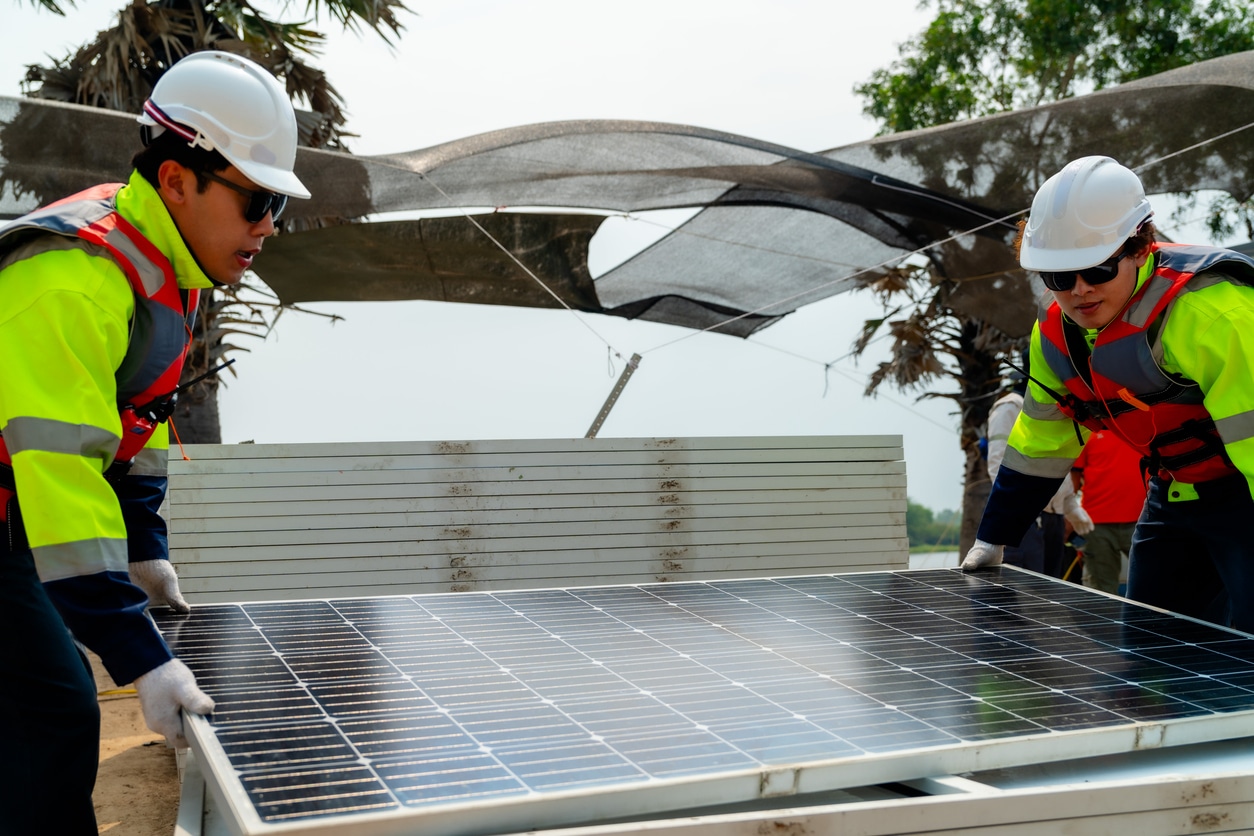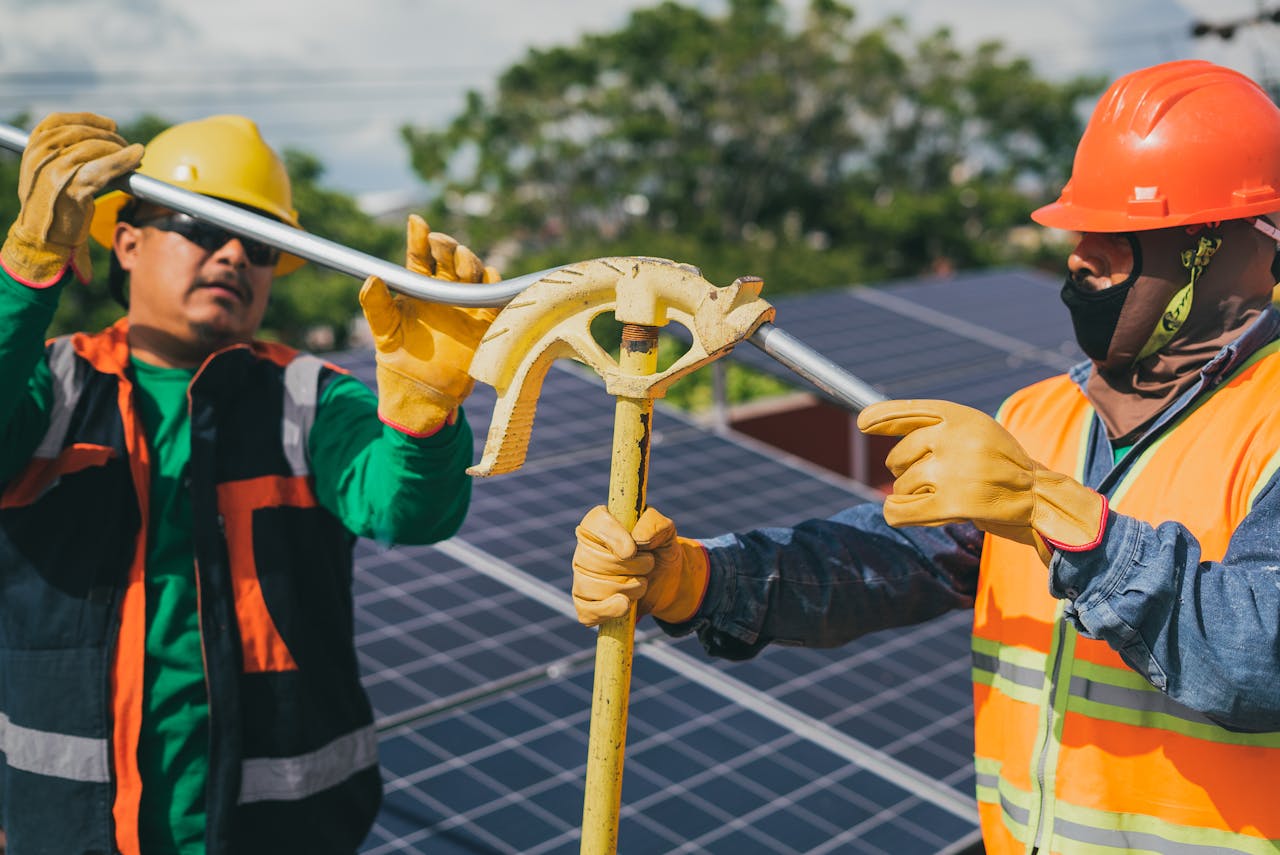
The Role of Swamps and Wetlands in Flood Control
If you’re like many people, you may not be aware of World Wetlands Day or its significance. Observed on February 2 every year around the globe, the day celebrates the vital role wetlands play in flood control and providing a thriving habitat for countless species.
As the frequency and intensity of heavy rainfall and coastal encroachments increase, these waterlogged environments will be pivotal in mitigating potential damage and preserving ecosystems.
Why Is It Important to Protect Wetlands and Swamps?
Mangroves, swamps, bogs, fens and marshes all fall under the umbrella term “wetlands”. When flooding occurs, these areas act as natural sponges, absorbing and storing the excess runoff.
This function helps to decrease the volume and speed of flood waters, mitigating the potential damage to urban and rural environments. To give you some context, a single wetland can store around 1 million gallons of water — a volume large enough to fill a football field up to 3 feet deep.
The vegetation in wetlands is also crucial to flood control. The plants and their roots can slow the water flow, so it takes longer to seep into the ground. This natural barrier minimizes the immediate impact of heavy downpours. Additionally, the plant roots help stabilize the soil, further reducing the speed of floodwaters and preventing erosion.
When the rain stops and the flood waters start to recede, the wetland soils slowly release the flow, so it doesn’t come rushing out too quickly. Besides flooding mitigation, the capacity of wetlands to absorb and store water makes it incredibly useful for coping with drought conditions. Drawing water up from the ground and slowly releasing it over time helps keep nearby streams and lakes flowing during the dry seasons.
Water Filtration
Wetlands are essential to improving water quality. Their natural filter function removes pollutants while the vegetation increases oxygen levels before the water reaches rivers, lakes and seas. It also reduces the amount of debris carried by floodwaters into living areas. Furthermore, this process can be beneficial in filtering groundwater supplies.
Wetlands Are Crucial to Crop Irrigation
Wetlands are a key component of the agricultural system, providing filtered water for crops and livestock rearing. In some places, these areas are also used for aquaculture to combine rice production with pond fisheries. These functions are more critical than ever for food security, considering the population is expected to reach 10.9 billion people by 2100.
Wetlands Protect Biodiversity
Many species depend on the unique ecological configuration of wetlands. Several animals, including fish, frogs and even birds, dwell in marshes and swamps, munching on the plants and breeding in the cool, muddy grounds. In turn, these animals attract predators, turning the environment into a flourishing ecosystem.
Why Are Wetlands Disappearing?
The effectiveness of wetlands in flood control is diminishing due to human-driven developments and climate change. According to the United Nations, wetlands are vanishing three times faster than forests. As a result, the risk of flood damage in coastal regions and areas surrounded by water bodies increases considerably.
The loss of biodiversity and natural habitat also raises concerns over environmental sustainability while potentially exacerbating the effects of climate change.
What Can You Do About Disappearing Wetlands?
Protecting wetlands is a collaborative effort, though the bulk of it concerns policymakers and stakeholders. For example, the Environmental Protection Agency has set standards for compensatory mitigation where damage to wetlands from development projects is unavoidable. Such measures include restoring compromised wetlands in another area, establishing a new wetland or enhancing the properties of existing wetlands to make them more resilient.
On your end, there are several things you can do to contribute to healthier swamps and marshes:
Limit Your Trash
The average person generates roughly 4.51 pounds of garbage daily, much of which can end up in the ocean. When storms occur, heavy winds can blow these waste products into wetlands and interfere with their ability to absorb and filter water.
Cultivate Native Plants
Trees and shrubs endemic to your area can help preserve the ecological balance of nearby wetlands. Non-native species can quickly become invasive and compete for existing underground nutrients.
Avoid Using Phosphates
Phosphates are common additives in laundry agents and other household cleaning solutions. However, these chemicals can lead to algae development, which can be incredibly damaging to wetland biodiversity.
Use Unbleached paper
It’s important to make sure the paper and other recycled products you use do not contain bleached paper. Bleached paper contains chemicals which can contaminate water sources and the surrounding environment.
Participate in Protection Programs
Find programs and organizations in your local area that actively work to protect and restore wetlands. Joining forces with these groups is something you can do to actively make a difference in the environment around you.
Contact Your Local GOvernment
It is important to make your voice heard. Contact your local, state and federal government officials to not only find out what actions are currently being taken to protect swamps and wetlands, but to encourage the protection of these areas. You should reach out to environmental organizations, community groups and non-government organizations, as well.
Have a Disaster Preparedness Plan
If you live in a disaster-prone area, it pays to have a system in place detailing what to do and where to go should a catastrophe strike. Due to the increasingly damaging effects of natural disasters, 48% of people living in exposed regions say they have created emergency response plans to reduce their vulnerability.
Protect Wetlands for Effective Natural Flood Control
Wetlands are essential to mitigating flood damage and erosion all over the world. They also provide a natural habitat for various plant and animal species.
Protecting these environments has become increasingly paramount as the effects of climate change grow more frequent and intense. These efforts will require extensive research into the rate of disappearance and coordinated action between governments and individuals.



Post a comment